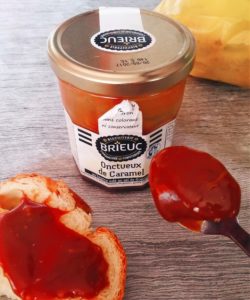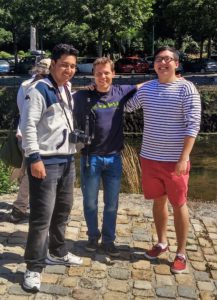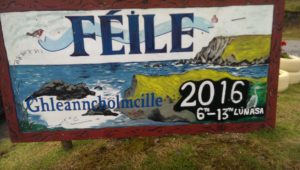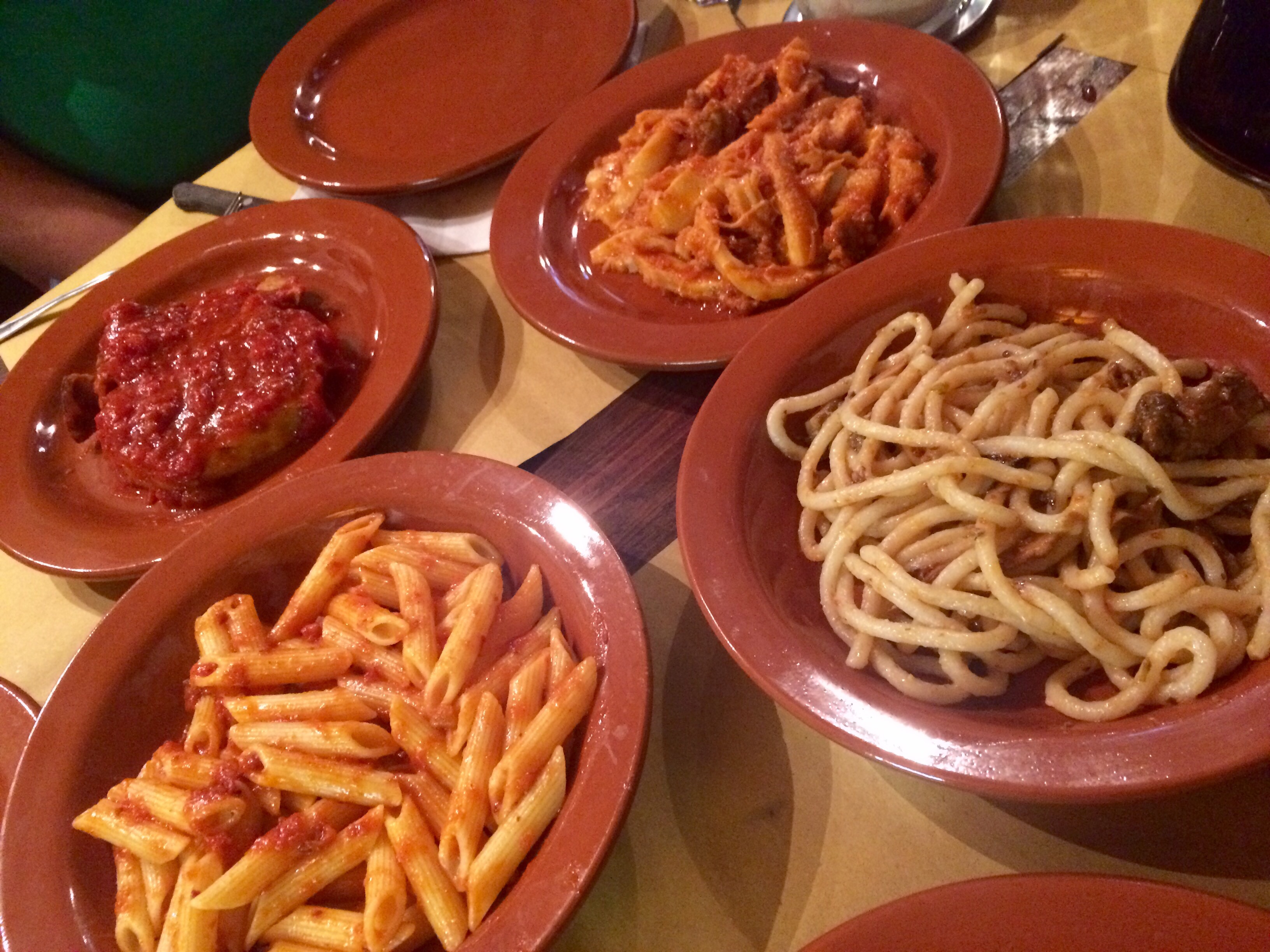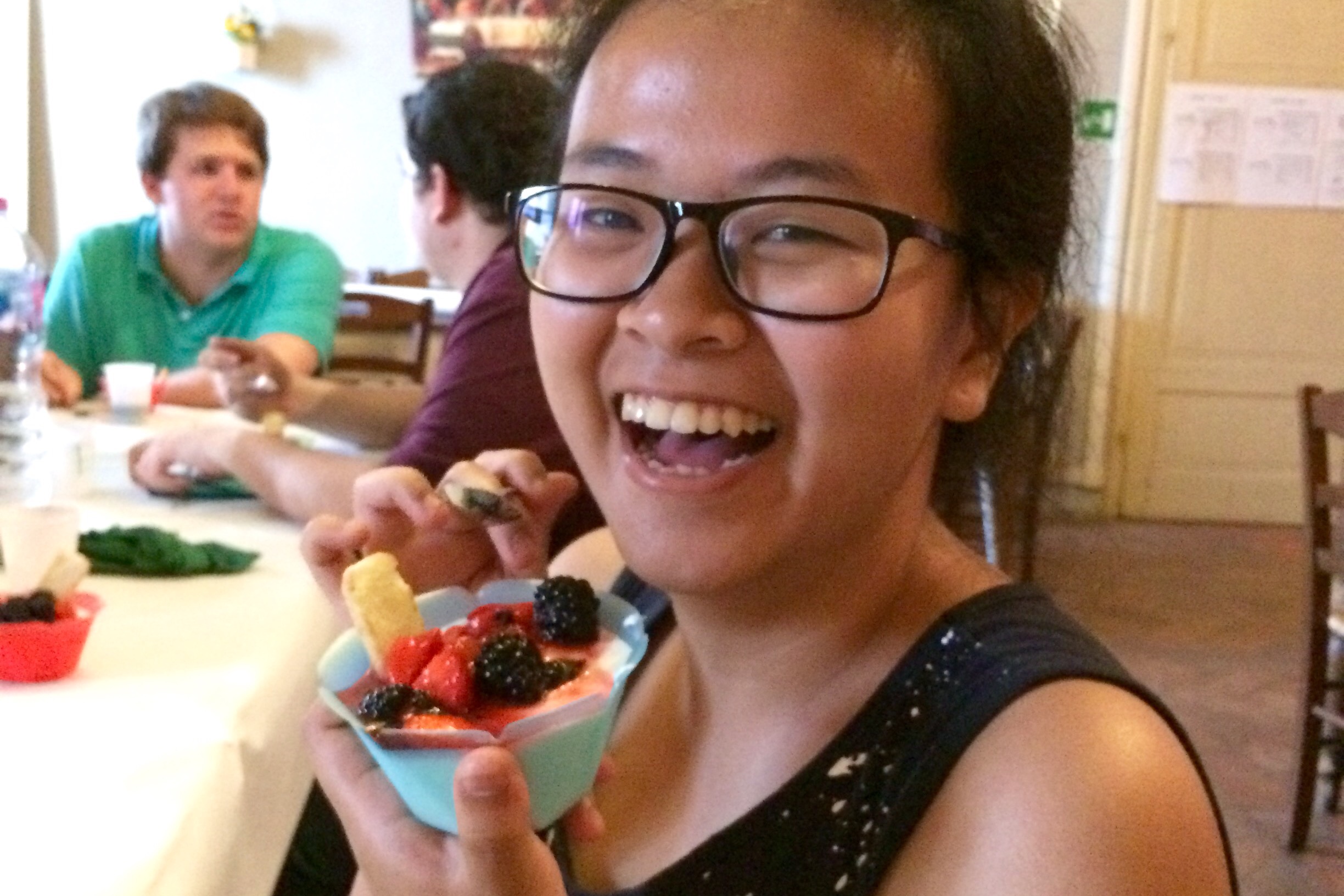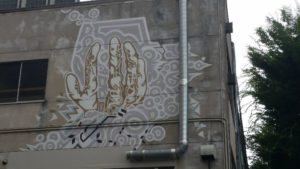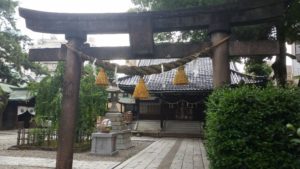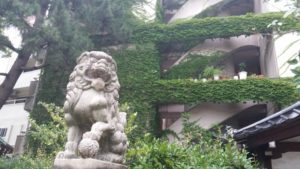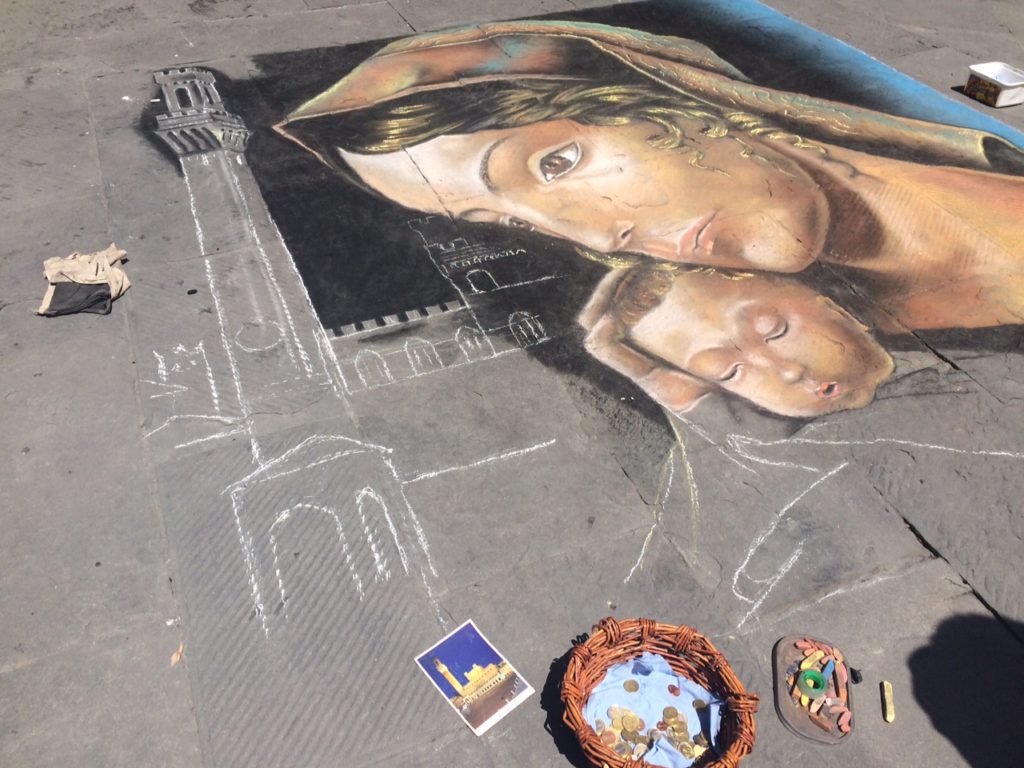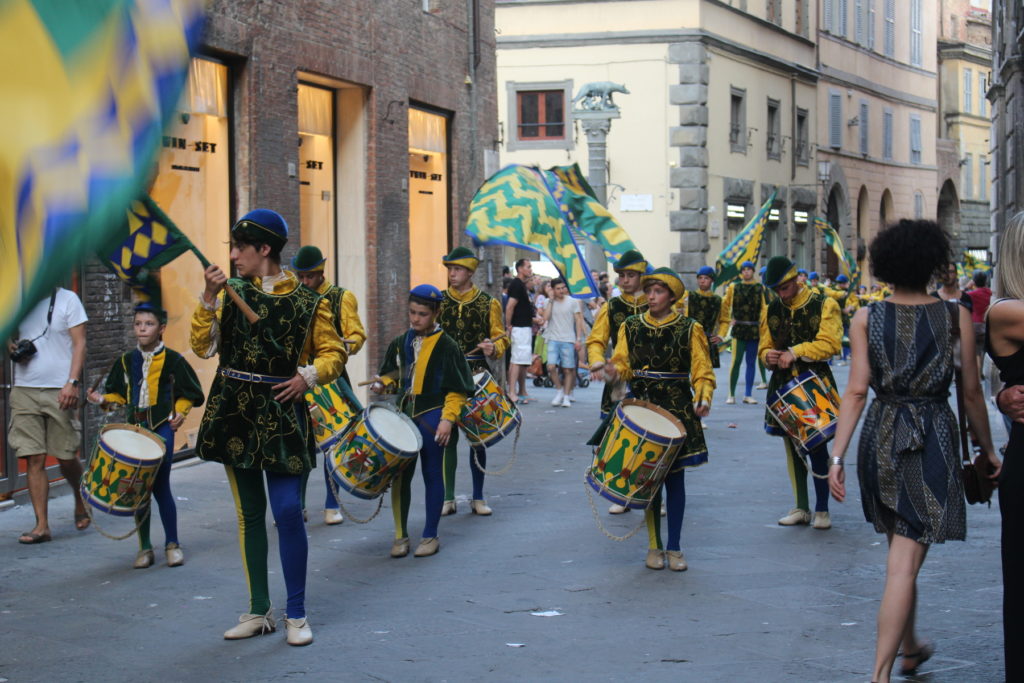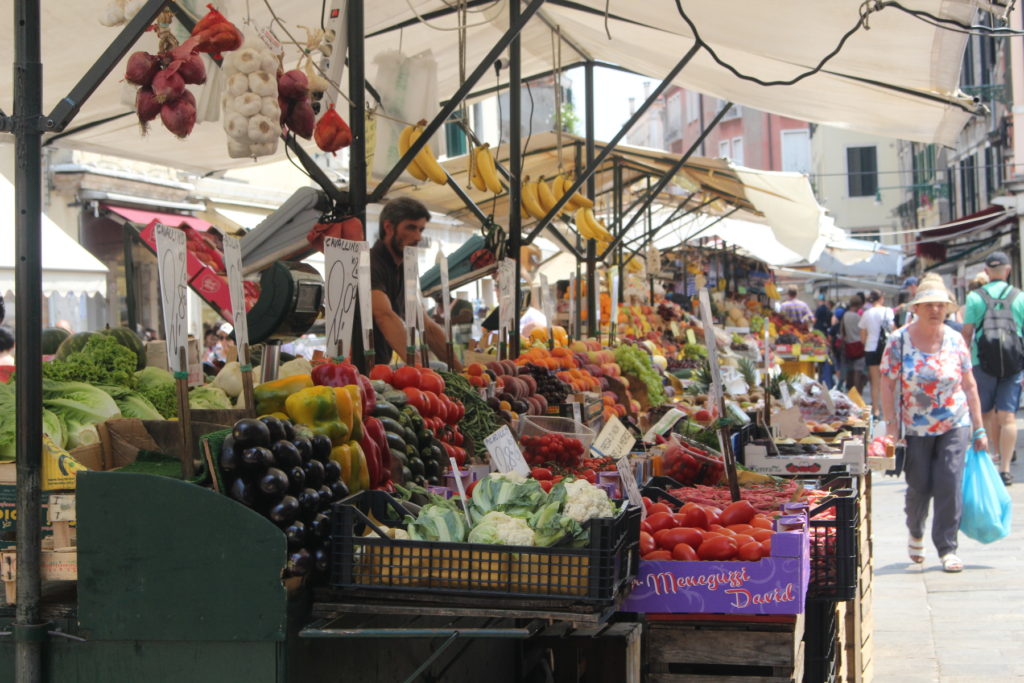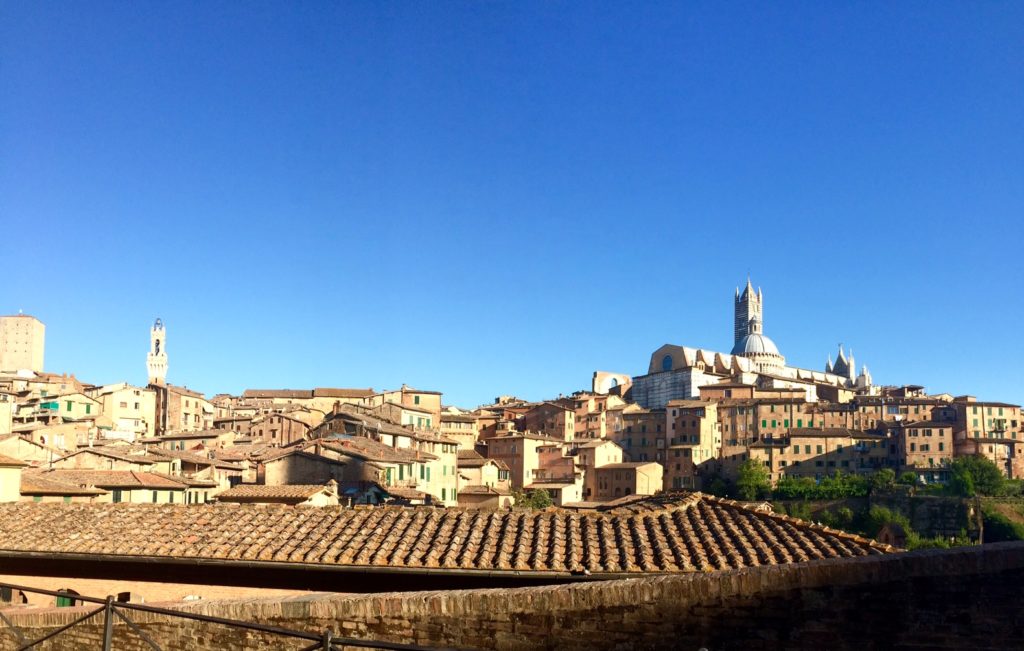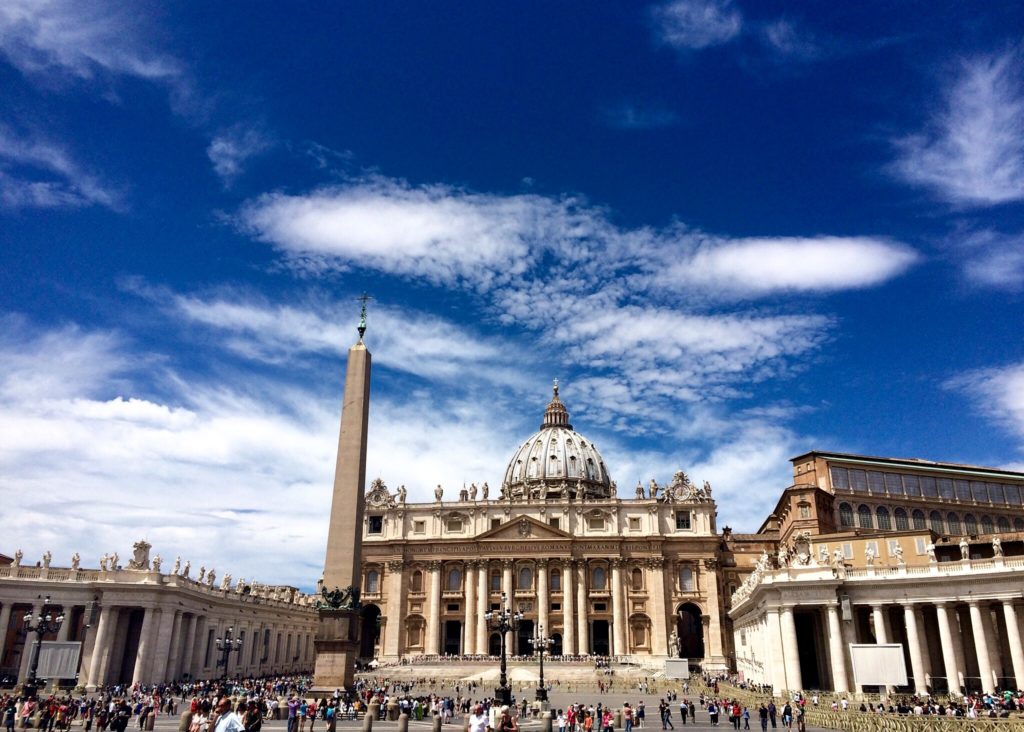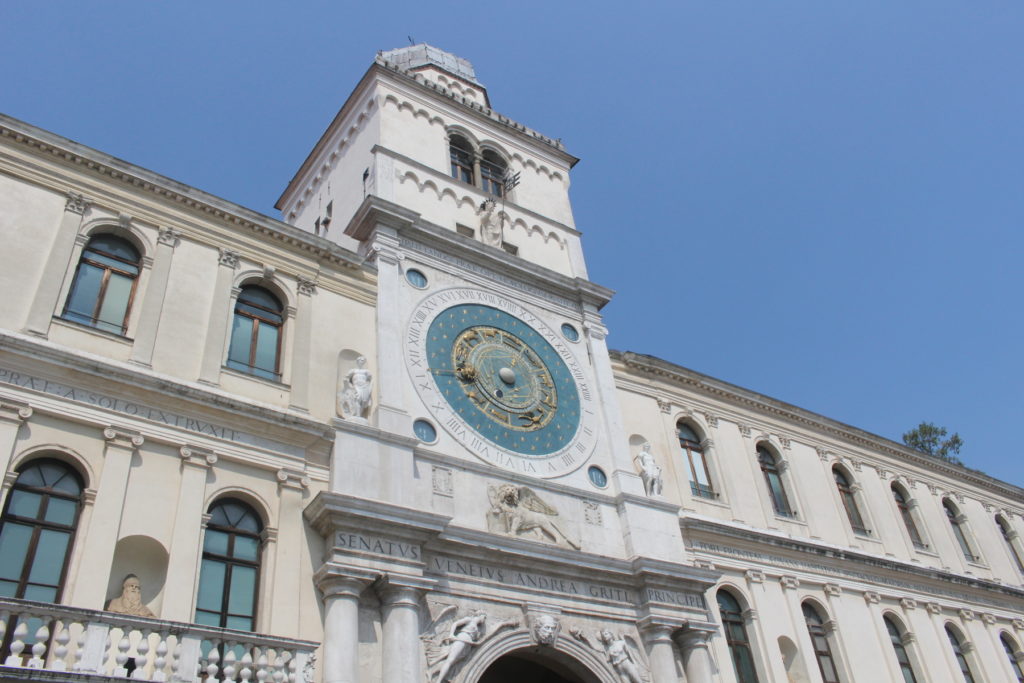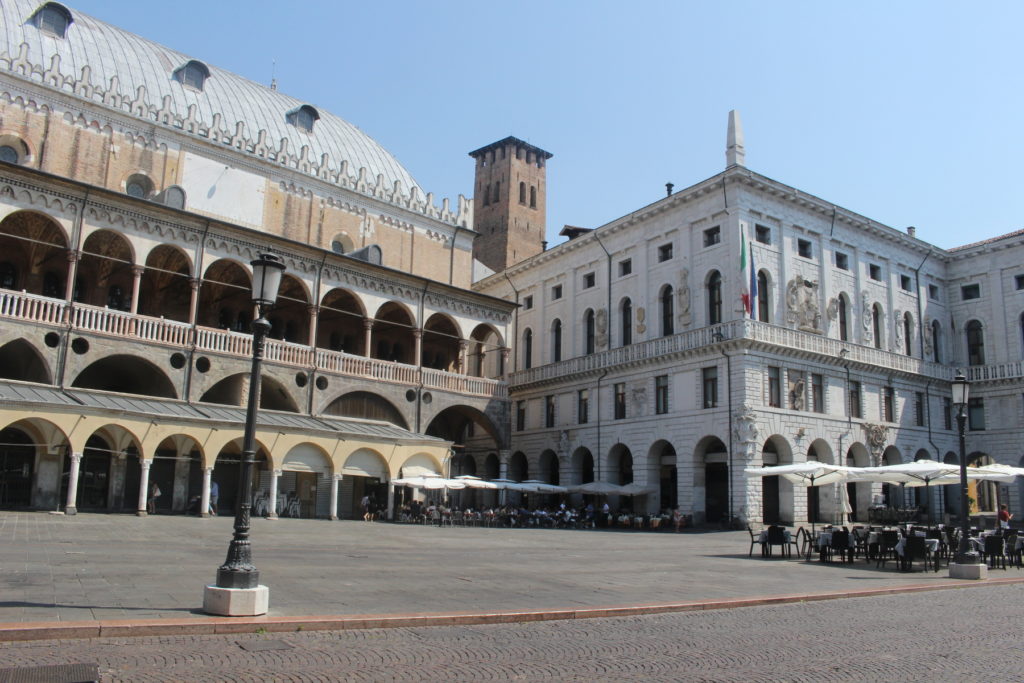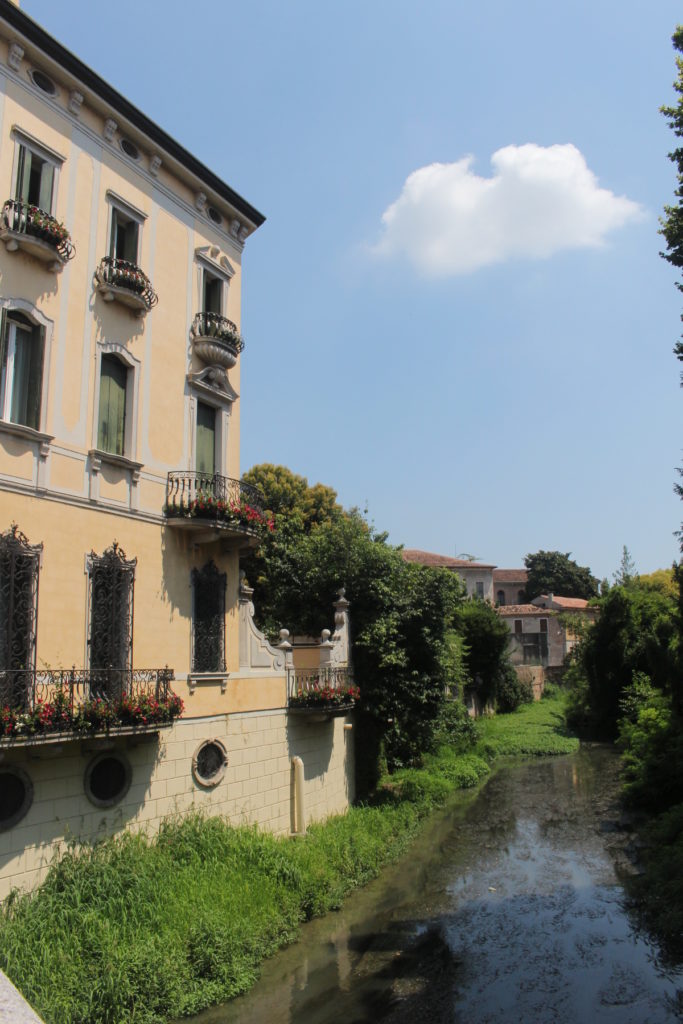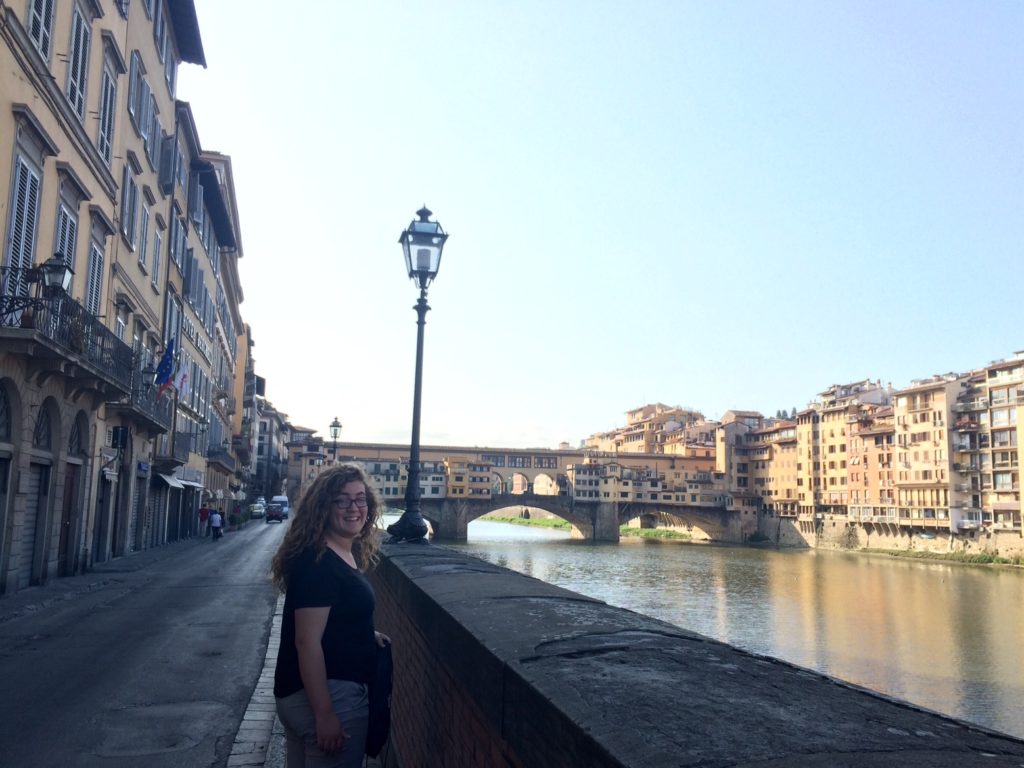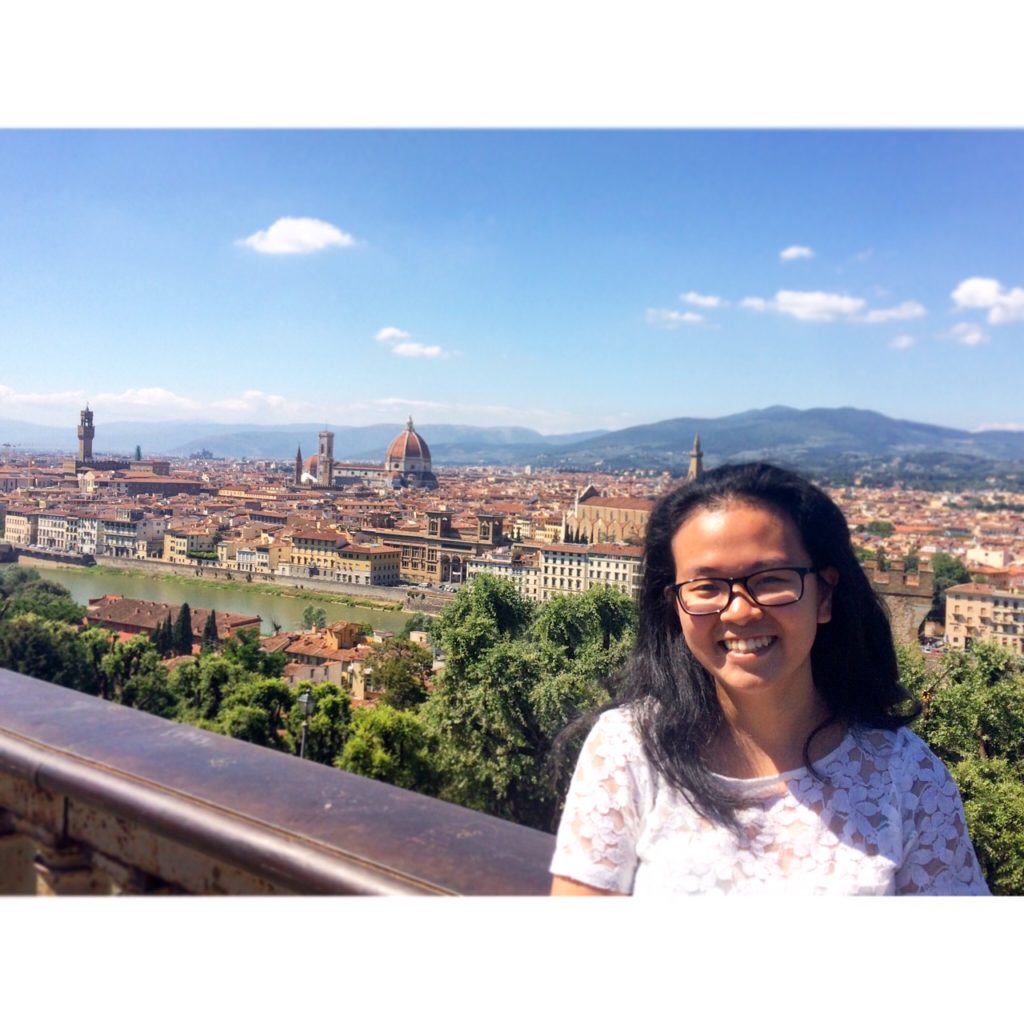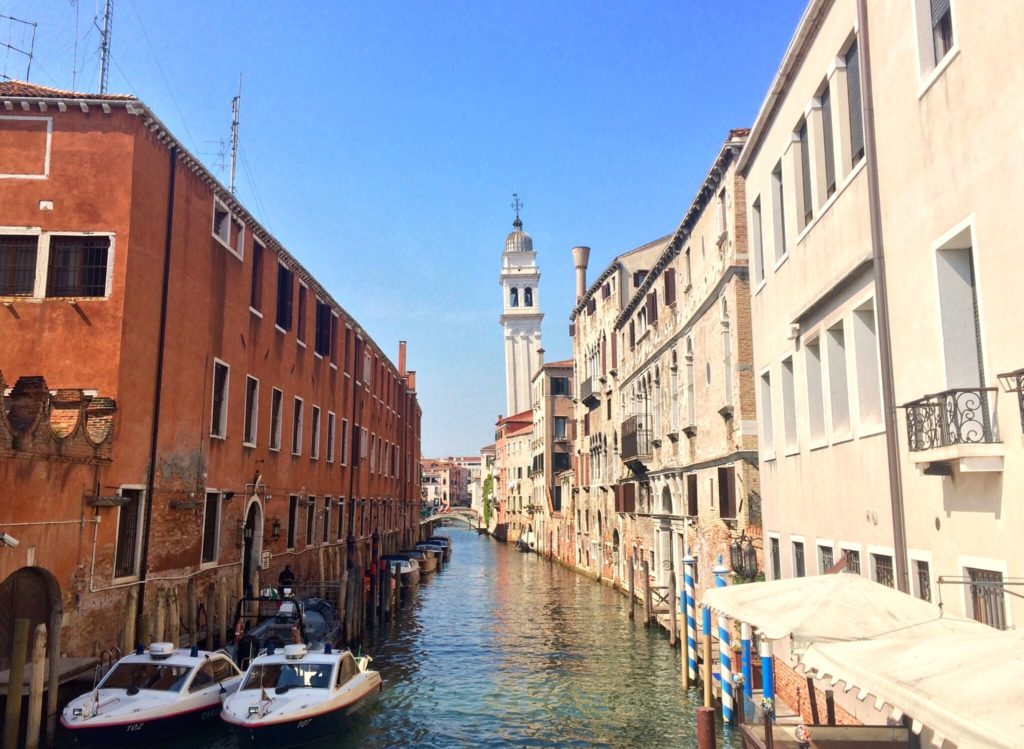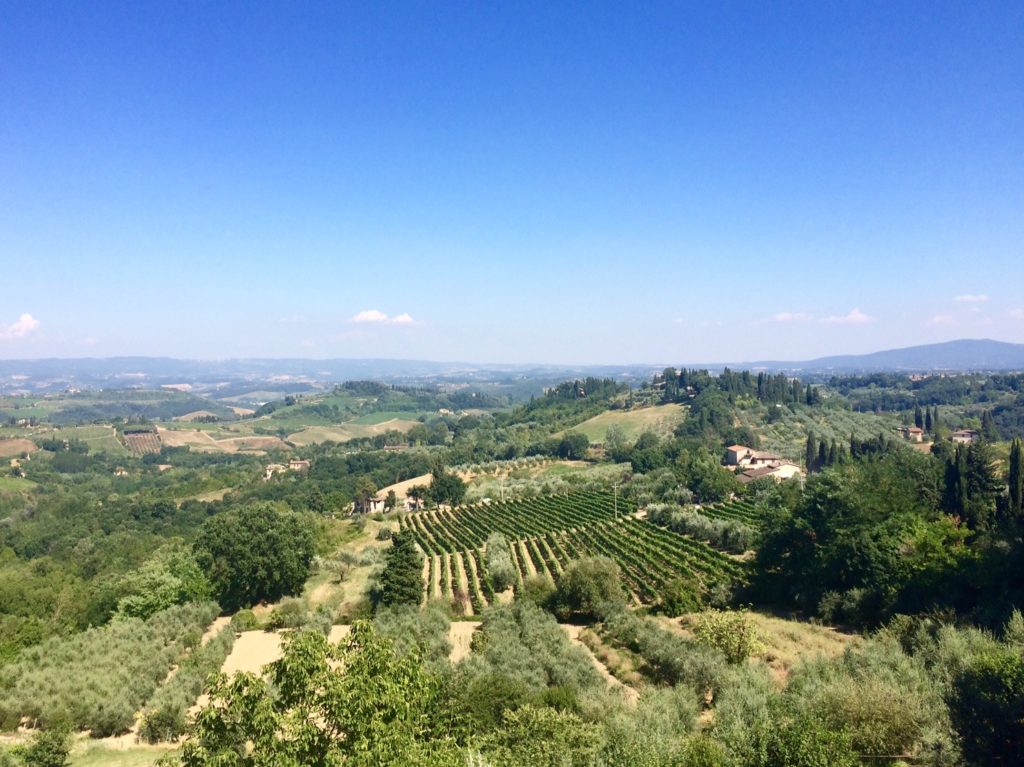Thanks for tuning in, here is an observation for the week:
I realized one day during our familial afternoon snack that Nutella and peanut butter sandwiches are shockingly NOT a thing in France. Apparently, as peanut butter in general is scarcely found in your typical French households, the idea of putting the two together in a sandwich was strange to my host family. In the end, they did try it, and said it was better than they thought it’d be. At the same time, they unanimously declared that stereotypical Americans enjoy mixing sweet and salty (fair enough). Instead, they put straight salted caramel on bread, which is an interesting and literally mouthwatering experience.
Turning now to my French,
Well, I feel like my oral comprehension has vastly improved from last week (or should I say recovered, I thought that at ND I did ok understanding French), as evidenced by picking up on more things at the dinner table. I can now consistently follow the general flow of conversation, and I even recognized some sarcasm and jokes (Like what do you call yogurt in the forest? Natural yogurt ‼! My kind of joke right there). However, when arguments take place, the French somehow becomes even faster, at which point I lose track, so I just smile and eat until I can rejoin. And so it goes…
The problem for me seems to be circumlocution; it’s tough to find ways to talk around my holes in vocabulary. I never realized until now how many words you need for decent conversation. And there’s no help from my family, as none of them know English more than I know French. So at times I find myself desperately gesticulating my thoughts while my family gives me a depressing bewildered look. It’s getting better beyond a doubt, and I’ve got like 100 new words already down, but more work need be done.
This week in class, we delved much more into new grammar: expressing regrets, giving reproaches, and objective pronouns. At this point, I feel quite satisfied with my ability to learn in the classroom (that is to say, obtain theoretical knowledge of French), but various intricacies and random rules continue to nuisance me in writing. And while I do think I am well retaining what I learn, we learn specific aspects of the language that I sometimes only infrequently practice them. One silver lining, I did well on my first test though, so there you go.
On a lighter note, I am learning French through interacting with the family outside of meals too. By just participating in random aspects of daily life, I learn some vocabulary and expressions for the occasion. For example, last Monday, my host family dad and I baked a Kouign Amman. That’s Breton (not French) for butter cake, and you can get it at our Hesburgh Library ABP, 2 for $5. I’d like to say ours was better, but we forget to let the dough rise so it really wasn’t. Still, it was good practice to read through a long recipe with Mr. Da Rocha, and over the next few weeks we vow to improve.
Now here’s a little bit on a quadrennial local holiday. Since I arrived, I had been seeing these signs advertising for “Brest 2016”. My host family simply told me it was a festival celebrating Brittany’s maritime heritage, and for 15 euros, you can go on boats and listen to Breton music, as well as buy food and knickknacks. I later talked with the tour guide who works for C.I.E.L Bretagne, and well, yeah more or less it was the same thing. She gave a bit more detail on its origins as the expansion of a popular boat rally held at Brest in 1980, but yeah, there’s nothing substantially important about this holiday than enjoying the traditional nautical culture. Simply put, Bretons like boats, and everybody get together every four years to have fun on them.
So I went on Thursday, and….
Meh.
I saw lots of boats, heard lots of bagpipe music funnily enough (Is that from the Gaelic influence? I couldn’t tell you), and went through a bunch of stores. I did buy a chic Breton striped shirt, which is called a marinière in French (I learned they were originally made to identify sailors who fell overboard) and bought this thing advertised as a Breton Hot Dog (a sausage on a baguette served with mustard, fries on the side) which was amazing although quite expensive. But overall, not exactly a great deal for 15 euros in this humble American’s opinion. There wasn’t much there I could do that I couldn’t already in the city.
So that’s all for this week, I think I can say much general improvement has been made, but learning a language is tough work. On to the next week!
